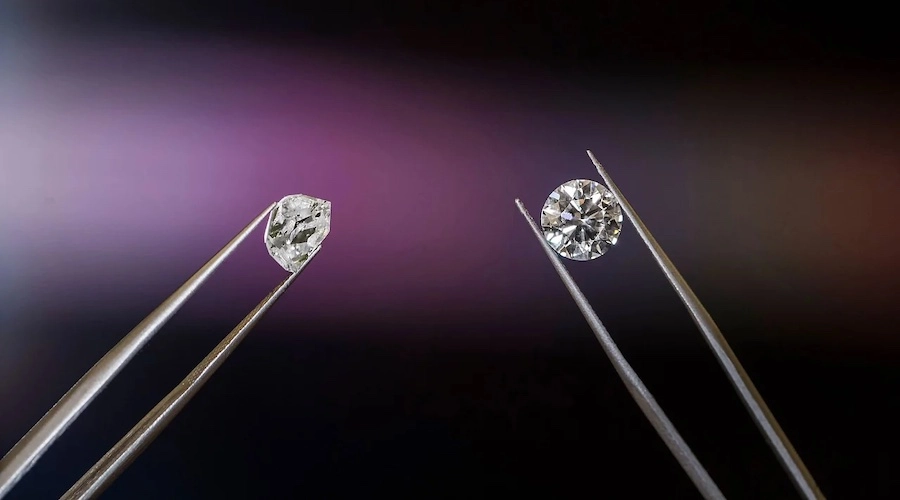
India, which cuts or polishes about 90% of the diamonds sold in the world, is ramping up sales of laboratory-made gems as demand from the US surges and they become more accepted in other markets.
Exports of polished lab-grown diamonds may double in the current financial year started April 1 from $1.3 billion in the prior year, Vipul Shah, vice chairman of the Gem & Jewellery Export Promotion Council, said in an interview. “We have a huge potential to grow exports to $7 billion-$8 billion in the next few years on the back of US demand and acceptability in the UK and Australia,” he said.
“It is going to be treated as a fashionable jewelry, which is affordable to the youngsters, and that’s the way the market is going to shift,” Shah said.
Diamonds grown in labs represent a small portion of the market currently — India shipped nearly $24 billion of polished diamonds mined naturally last year. Still, the much cheaper variety has been growing its share as it has the same physical characteristics and chemical makeup as mined stones, with experts needing a machine to distinguish between synthesized and mined gems.
Lab-made diamonds are developed from a carbon seed placed in a microwave chamber and superheated into a glowing plasma ball. The process creates particles that crystallize into diamonds in weeks.
Exports of polished lab-grown diamonds from India jumped about 70% in the April-July period to $622.7 million, while those of cut and polished mined diamonds fell around 3% to $8.2 billion during the same period, GJEPC data showed.
One advantage of the man-made gem is that it has a tracking system that helps monitor the supply chain and maintain consumer confidence in the gems.
“Commercial gem-quality earth-mined diamonds are being replaced completely by lab-grown diamonds,” said Ritesh Shah, director at ALTR, one of the first global lab-grown brands to start business in India. The product’s affordability, low carbon-footprint, size and fine quality offer a big draw for buyers, with the US the front-runner in the shift in consumer behavior, he said.
From a handful of companies growing diamonds in labs in the mid-2000s, there are now about 25 such growers in India, he said. The country contributes about 15% of the global production of lab-grown diamonds, according to the GJEPC.
By Swansy Afonso mining.com

